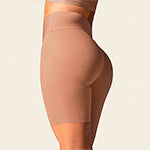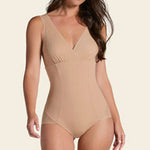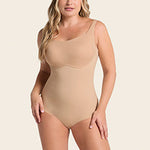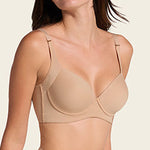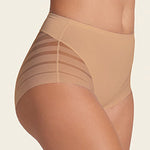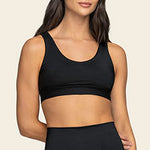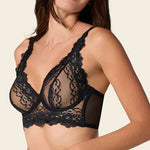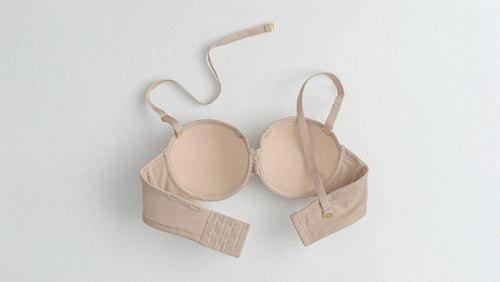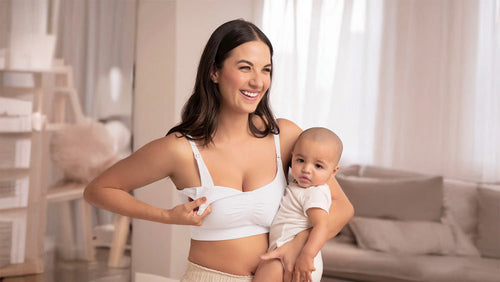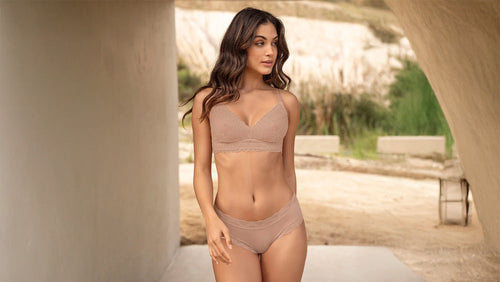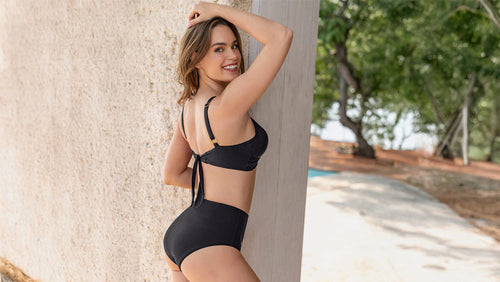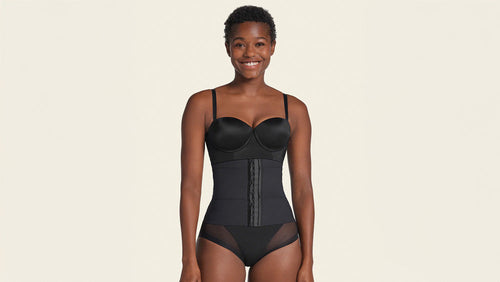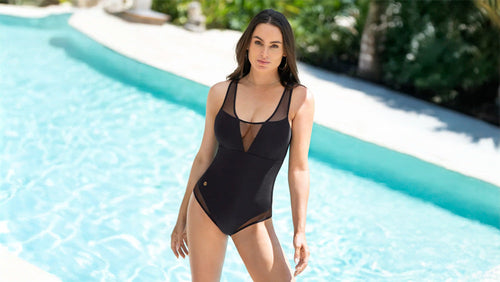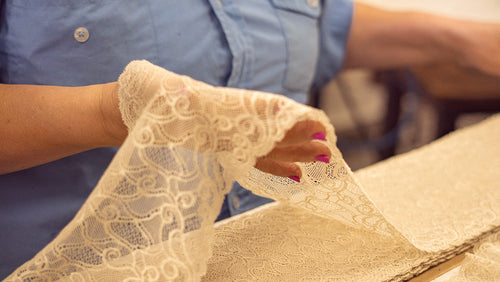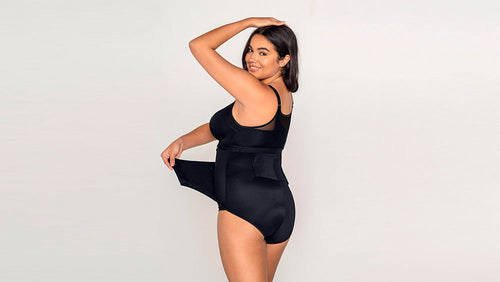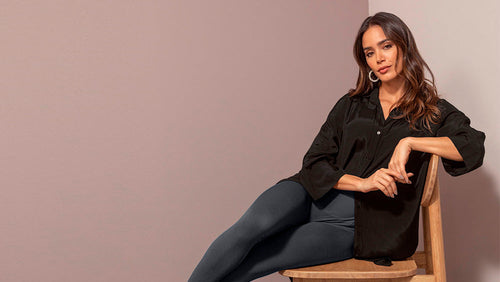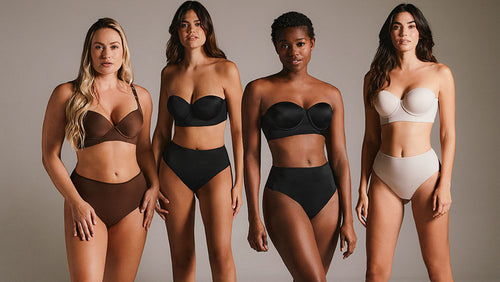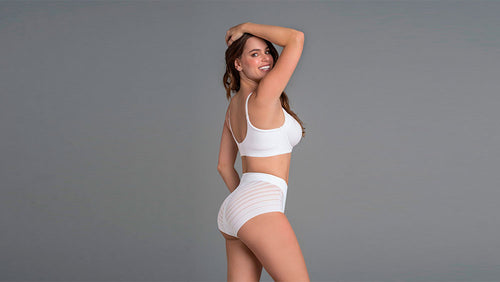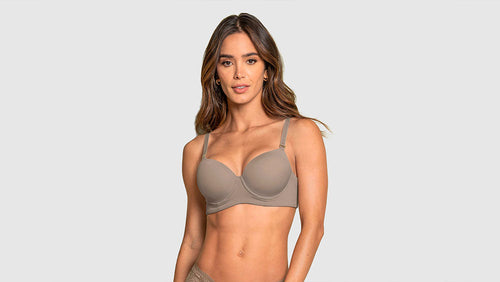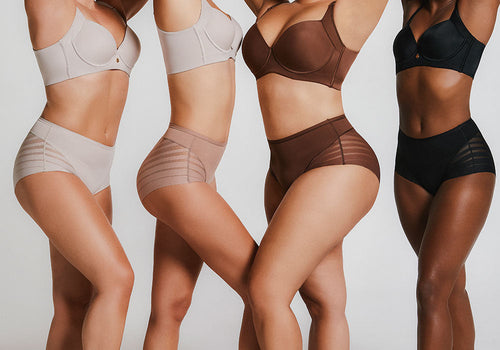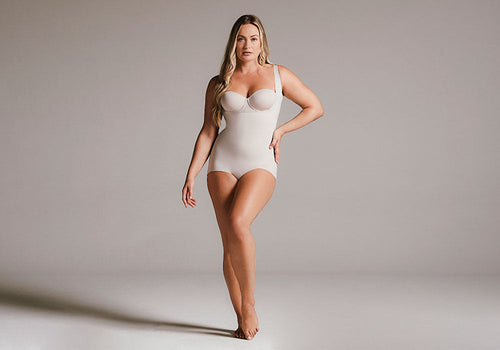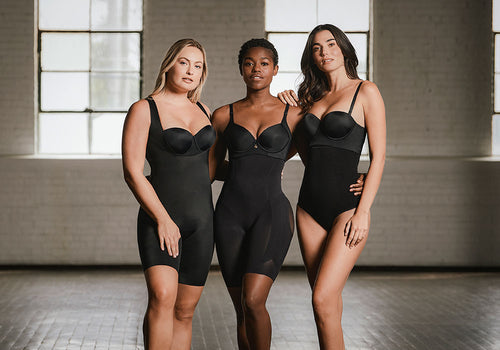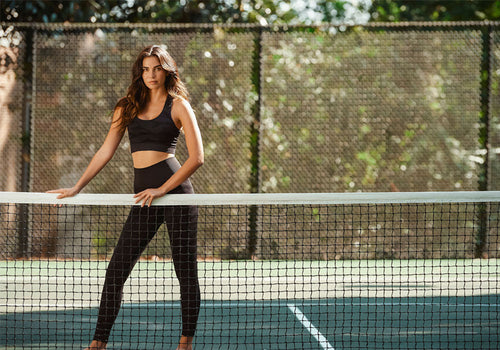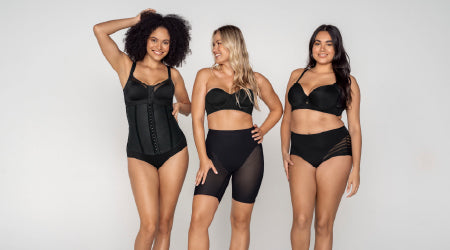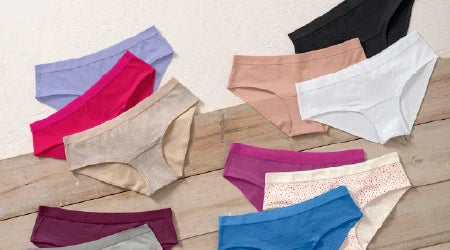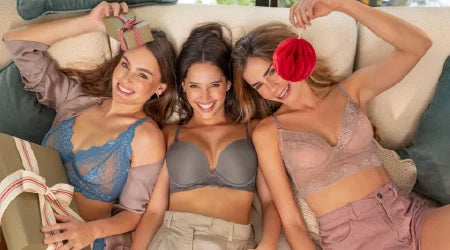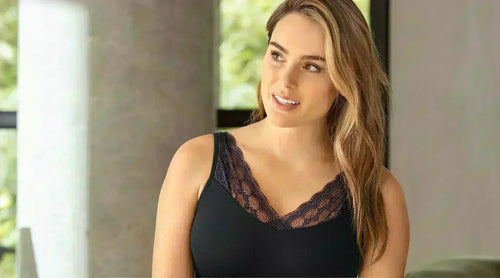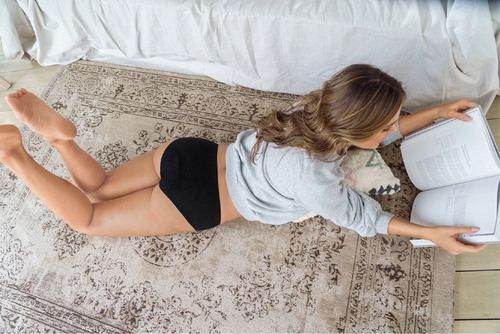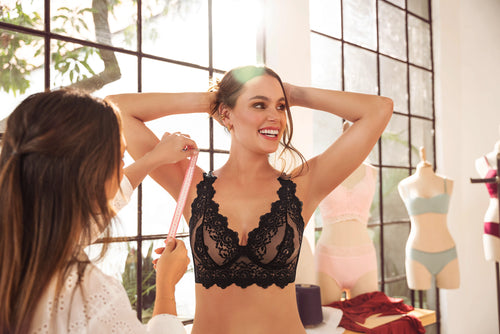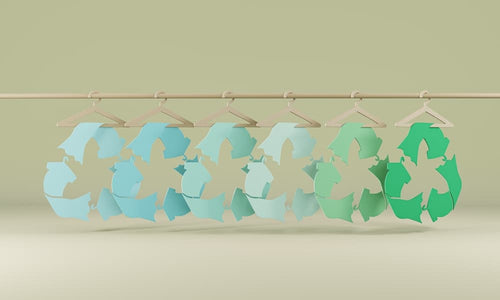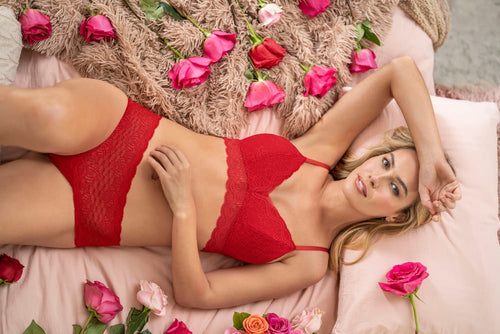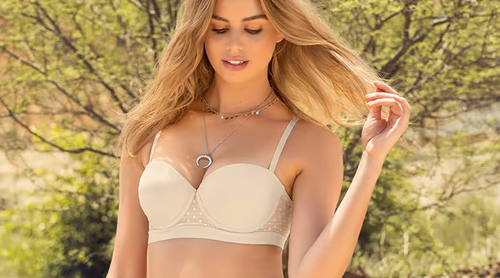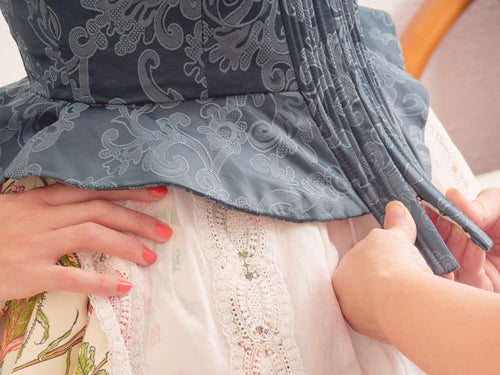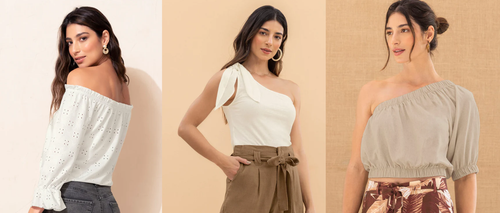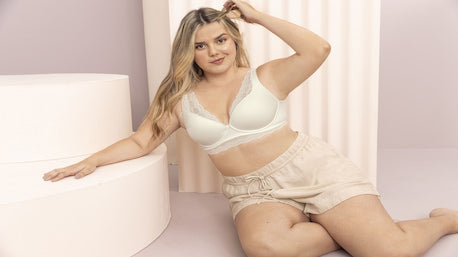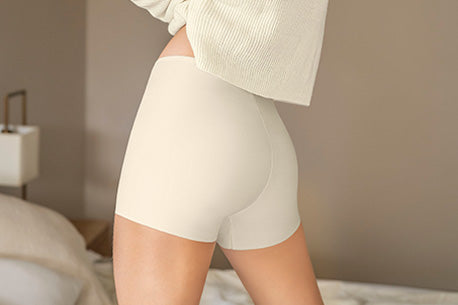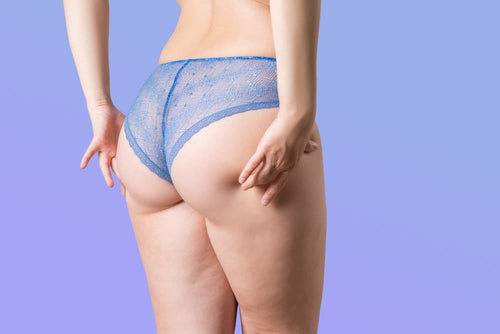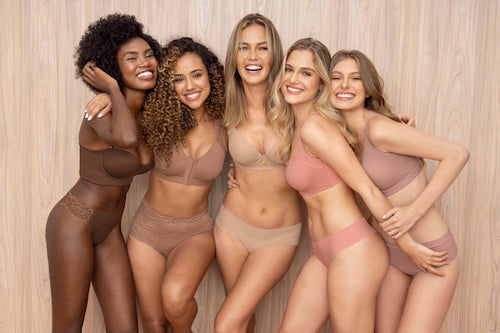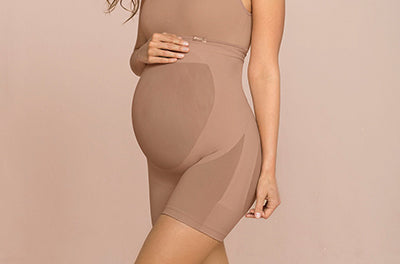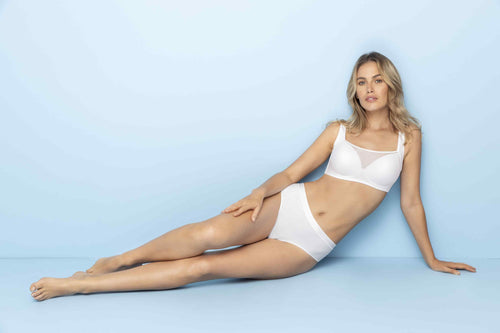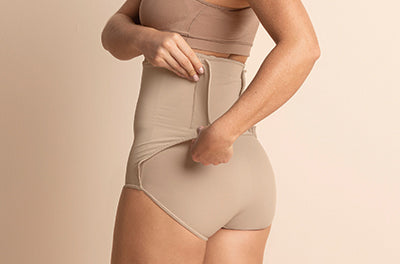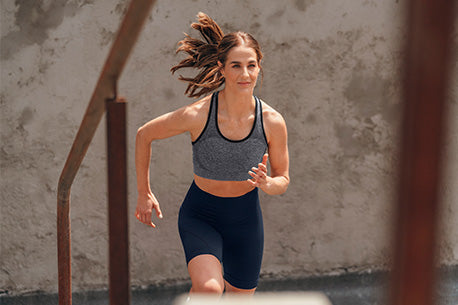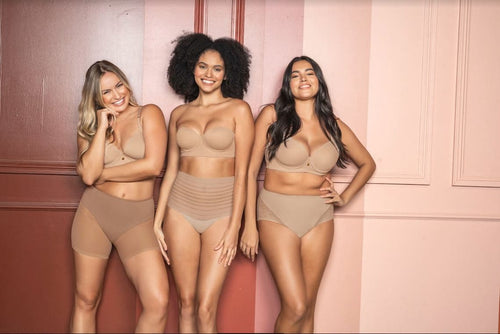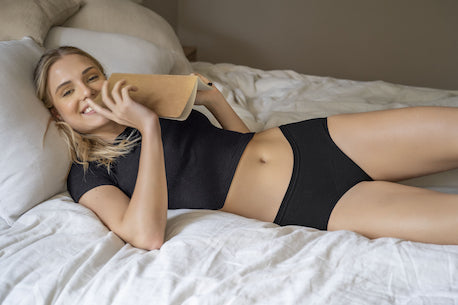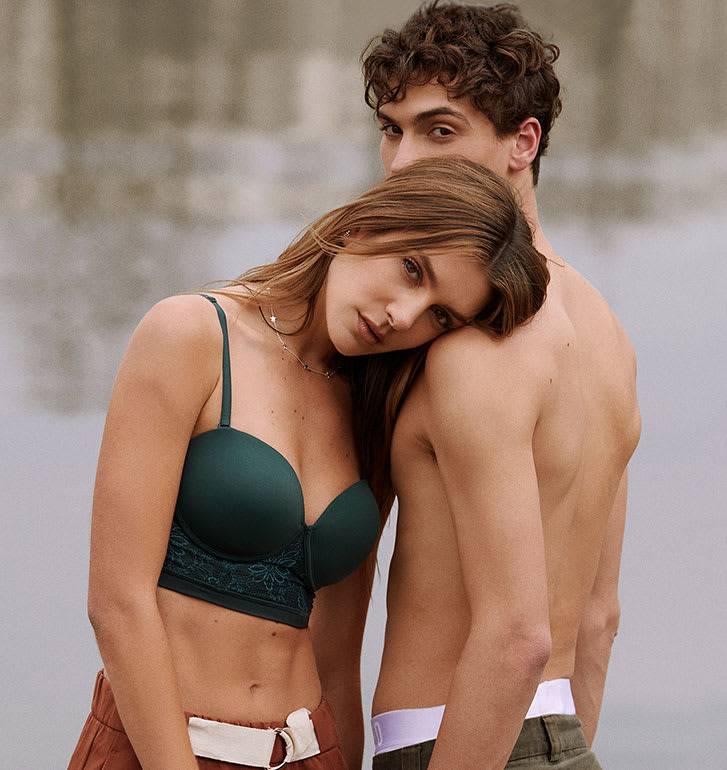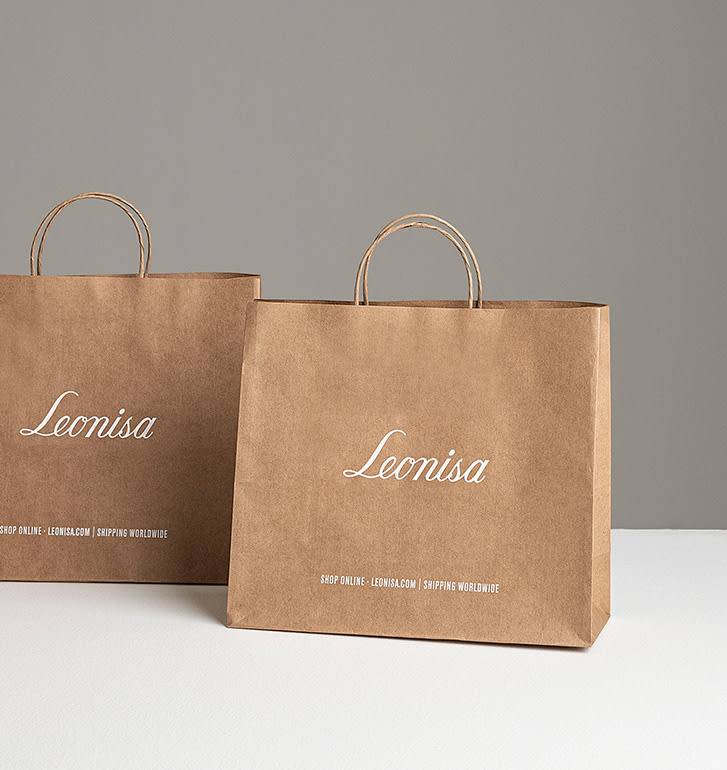What are the best fabrics for activewear in terms of style, comfort, and quality?

When it comes to discussing the best material for activewear, we’re not talking about following trends. We're talking about maximizing your performance and comfort during physical activity.
Each kind of fabric has its own characteristics and knowing the difference can enhance your comfort. In this article, we’re going to talk about why it’s important to know how to choose. We’ll go over the best materials for gym clothes for women, analyzing their advantages and disadvantages. Let's start!
The importance of choosing a suitable material for workout clothes
Choosing the best material for activewear goes beyond mere aesthetics or trends. It's a decision that can significantly influence your performance, comfort and, ultimately, your training experience. Let's examine the reasons why this choice is so crucial.
When your sports clothing fits your needs perfectly, you experience a significant improvement in your performance. Choosing a material that allows a full range of movement, fits comfortably, and provides support where needed can make all the difference in terms of agility, strength, and endurance. Choosing the wrong fabric for workout clothes can cause constant friction against the skin, causing skin irritation and chafing. Poorly placed seams or rough fabrics can turn every movement into a source of discomfort, negatively affecting your performance. Now, let's delve into finding out what materials activewear is typically made of, analyzing their advantages, and considering some possible disadvantages. Cotton is a classic that never goes out of style. Among its advantages are: On the other hand, let's look at some of its disadvantages: Lycra or elastane is the champion of elasticity because it gives you full freedom of motion, even when used in tight pieces. Among its advantages are: But it also has disadvantages: Polyester is a strong option for activewear. These are its advantages: And, these are its main disadvantages: Lightweight and water resistant, it is a very versatile option. Here are its advantages: Its main disadvantages are: When choosing the right material for your sports clothing you should consider your personal preferences, the type of physical activity you do, and the weather conditions you’ll be working out in. As you’ve seen, each material has its own advantages and disadvantages and the choice will depend on your specific needs to achieve a balance between comfort, performance and durability.
Advantages of a good choice in material for sports clothing
Making a wise choice in material guarantees unmatched comfort throughout physical activity. The feel of the fabric against your skin, the breathability and the absence of annoying seams contribute to a more pleasant sports experience free of distractions.
Skin irritation can become an annoying obstacle during exercise. Opting for a soft, air-circulating material reduces friction against the skin, thus minimizing the risk of irritation and chafing.
You may be interested in -> Avoid chafing on your thighs with these clothes
The ability of a material to regulate body temperature is essential, especially during intense workouts. A good material is able to expel excess heat and provide insulation when necessary, keeping your body in optimal condition.
Preventing sweat buildup is crucial to preventing discomfort. Materials that efficiently absorb and expel moisture ensure that you stay dry throughout the activity, which will keep you feeling light and fresh.Consequences of bad activewear material choices

Materials that do not properly manage moisture will hold onto sweat. Not only does this create an uncomfortable feeling during exercise, but it can also lead to excessive cooling when moisture builds up in clothing, especially in cold weather conditions.
A material that lacks adequate stretch or flexibility can limit your freedom of movement. This is especially problematic in sports that require large, dynamic movements, where clothing should easily adapt to your gestures without restrictions.
The lack of breathability in certain materials can lead to overheating during exercise. This is uncomfortable and can also negatively impact performance and endurance as the body struggles to regulate temperature properly.
Low-quality materials can lose their shape and strength quickly, especially after multiple washes, decreasing their ability to provide the necessary support and functionality during exercise and suffering from premature wear.
Lack of proper support in the material can have a negative impact on muscle health. For activities that require significant physical exertion, the absence of compression or support can increase the risk of muscle and joint injuries.What are the best materials for sports clothing
Cotton
Lycra or elastane
Polyester
Polypropylene
Remember that at Leonisa we have a wide catalog of activewear including sports bras made with different materials, so you can find the one that best suits your sporting activity. You will also find active leggings that pair with everything to create the perfect outfit.
